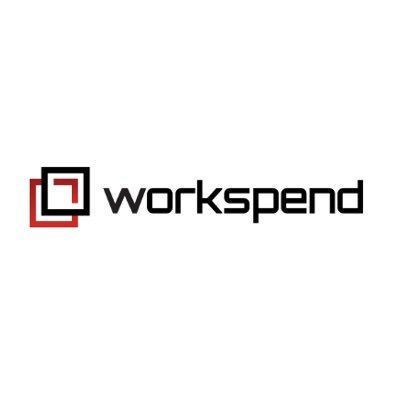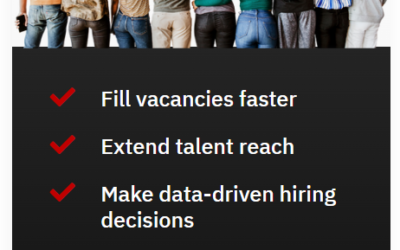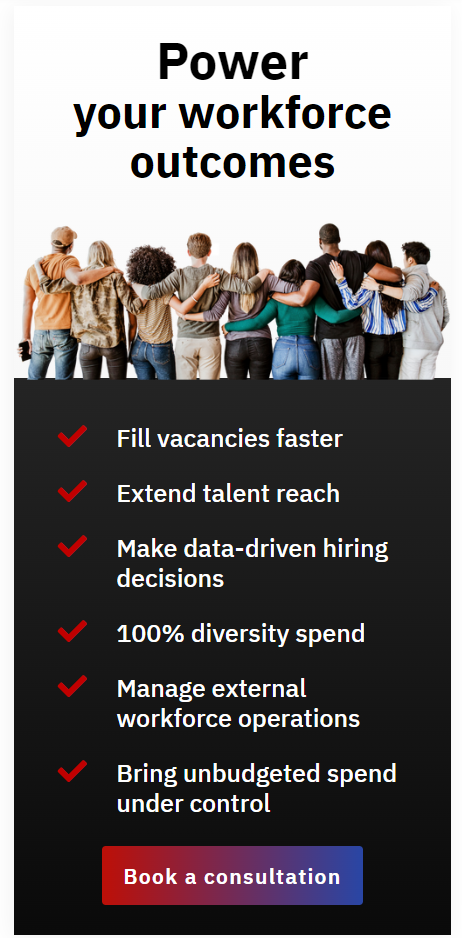In the Contingent Workforce Management (CWM) discipline, the established role of a Managed Service Provider (MSP) partner is to bring cost control, governance, and organization to programs. In a typical scenario, organizations will expect an MSP to provide oversight over indirect talent sourcing supply-chains, and deploy technology, in the form of a Vendor Management System (VMS) to streamline operations within the business.
Of late, we’ve received significant industry feedback from customers regarding poor customer service they’ve received from their MSPs—sometimes it is the most basic of service elements such as not returning calls. So, what’s going wrong, and how can you avoid the trap of contracting into an undesirable MSP relationship?
Bad MSP customer service is not a victimless crime
“We’ll call you back.” Sometimes, it’s the simplest of things that are the most disappointing for customers when it comes to customer service. Not getting calls returned, or not being able to get to speak to someone in the first place. Finding out that promissory dates elapse without so much as an email. Habitual late arrivals to meetings, etc.
But these ‘irritations’ could be seen as just that. Isn’t this the case then that customer service is just an irritation, not a big issue when it comes to the financial outcomes of running a contingent workforce management program?
Daniel Rothberg, President of Workspend disagrees.
“We know from the feedback of our clients when we inherit a poor performing MSP program that the quality of customer service has a direct influence on program outcomes. When hiring managers and program execs receive a lowly customer service experience, it’s then that the walls start building between the provider and the client; often too between the provider and the suppliers. When the trust goes out of an MSP relationship, it’s almost guaranteed that performance will drop.”
The hidden contractual gap
As Rothberg explains, it’s not easy to make sure excellent customer service is a given by tying it up neatly into contractual terms.
“Chiefly, the problem buyers face is that MSPs will generally stipulate levels of performance in Service Level Agreements that set a low bar on performance. Even when buyers do tie down specific performance criteria, the softer side of customer service is difficult to put a gauge on that’s easily measured. There’s always a gap between what you can measure in a contracted SLA and the level of experience most customers want to enjoy.”
Asked what should buyers to do reinforce the right kind of customer service behaviors, Rothberg says,
“I think we’d all like to think that customer experience should be a given, but in my experience, you have to reinforce it through internal training to strengthen day-to-day behaviors around your brand promises. In the case of Workspend, we’ve implemented a strong induction program that includes modules on customer experience and communications etiquette. In this way, we have our own people set the bar on what’s acceptable when it comes to rudimentary standards of performance, such as returning calls and responding to requests. Your team has to buy-in to the levels and the spirit of the performance outlined in the Service Level Agreement.”
Workspend Program Director, Beth Boegershausen, has some straightforward advice for prospective clients.
“In my mind it comes down more to personalities. If the people you’re meeting from the MSP are not demonstrating the customer experience traits you’d expect to see two or three years into a contract, then the simple answer is not to sign on the dotted line.”
How to ensure high quality customer experience is baked into contracts
Regardless of when you think a white-glove customer experience is a desirable aspiration or a necessity in your MSP partnering agreement, it’s likely as a buyer, you’re going to want to make sure it’s as good as it can be. So how do you do that?
We spoke to our program management team to get their take on the most important things to cover. Here are our top 3 suggestions:
- Check that your SLA terms not only cover core program metrics but also cover those day-to-day things that, if done badly, erode trust.
2. Qualify what your prospective provider does to reinforce the level of customer service experience you’d want to see (why not ask to see the training materials they use for internal training?).
3. Ask to meet the program manager that will be running your program (or, if one has not been appointed, some of the other program managers that work for your prospective supplier). This will help you to get a sense of the sort of personalities you’re dealing with.
ABOUT THE AUTHOR

Ian Tomlin is a management consultant and writer on the subject of enterprise computing and organizational design. He serves on the Workspend Management Team. Ian has written several books on the subject of digital transformation, cloud computing, social operating systems, codeless applications development, business intelligence, data science, office security, customer data platforms, vendor management systems, Managed Service Provisioning (MSP), customer experience, and organizational design. He can be reached via LinkedIn or Twitter.
FURTHER READING
SLAs and KPIs: How to Optimize Measuring MSP Success
SLAs and KPIs: How to Optimize Measuring MSP Success The modern workforce is increasingly dependent on contingent talent, making effective contingent workforce management of temporary staff a top priority for many organizations. A Managed Service Provider (MSP) is...
HRO Today’s Baker’s Dozen – Press Release
Workspend Secured Continued Recognition in HRO Today's Baker’s Dozen MSP Listings10th June 2025 - Las Vegas, Nevada–Workspend, a leading global provider of managed services programs (MSP), proudly announces its inclusion in HRO Today’s Baker's Dozen Customer...
How to Scale MSP Services as Your Business Grows
How to Scale MSP Services as Your Business Grows As your business grows, demands on your MSP services will increase. The challenge is identifying which aspects to focus on for the best results and adopting the right approach. Rapid growth can strain first-generation...
Why Building the Right MSP Business Case Is Essential for Growth
Published : April 23rd 2025Why Building the Right MSP Business Case Is Essential for Growth A Managed Service Provider (MSP) can be a game-changer when it comes to handling contingent workforce management, consolidating vendor oversight, and boosting efficiency. Yet,...
How to Define and Choose the Right MSP Service Offerings for Your Business
Published : April 4th 2025How to Define and Choose the Right MSP Service Offerings for Your Business Thinking about a Managed Service Provider (MSP)? It’s a single partner that tackles your contingent workforce, manages staffing vendors, and gets the right people into...
5 MSP Performance Metrics You Should Track to Ensure Success
Published : March 14th 20255 MSP Performance Metrics You Should Track to Ensure Success Managed Service Providers (MSPs) take on essential tasks—from IT support to network monitoring and infrastructure management—so clients can concentrate on their core objectives...
Common Challenges When Setting Up an MSP and How to Overcome Them
Published : March 4th 2025Common Challenges When Setting Up an MSP and How to Overcome Them Finding the right balance of full-time employees and temporary staff is a key strategic goal for many organizations facing rising demands and growing compliance pressures. As...
How to Calculate the ROI of an MSP Partnership
Published : January 9th 2025How to Calculate the ROI of an MSP PartnershipMany organizations feel pressured to manage contingent labor efficiently. A Managed Service Provider (MSP) can handle vendor selection, rate negotiation, compliance tracking, and performance...









